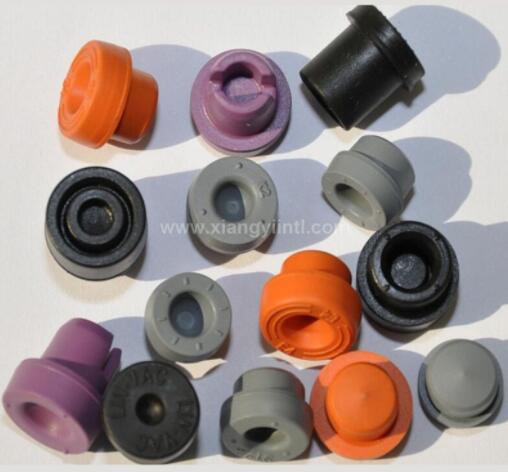Just how to Use a Rubber Stopper in Chemistry
Typically, fluid chemicals are included within opaque containers with screw-on caps, yet drug stores mix chemicals in glass test tubes as well as flasks that do not have strings whereupon to screw a cap. The rubber stopper is the perfect device for plugging these containers.
Chemists regularly use rubber stoppers in their laboratories to connect flasks as well as test tubes.
What is a rubber stopper?
Typically, fluid chemicals are included within opaque containers with screw-on caps, yet drug stores mix chemicals in glass test tubes as well as flasks that do not have strings whereupon to screw a cap. The rubber stopper is the perfect device for plugging these containers.
Purpose
The objective of these stoppers is to avoid liquids, as well as in some cases gases, from escaping their containers, as well as Levamisole.
Size
Rubber stoppers normally vary in size from size 000 (0.5 inches) to dimension 16 (5 inches) at the top. The tapered bottom end ranges from five-sixteenths to 3.5 inches. Smaller sized stoppers are appropriate for test tubes as well as similar glass wares; larger stoppers are appropriate for flasks as well as beakers.
Shape
The standard stopper is cylindrical in shape, with a conical bottom end. Some rubber stoppers include 1 or 2 openings to permit the insertion of pipettes, tubing or examination tools (e.g., a thermometer).
Feature
The main residential or commercial properties that make rubber suitable for usage as a lab stopper are its flexibility, chemical resistance and impermeability. Its flexibility enables it to form a limited seal versus the within the glassware. Its chemical resistance makes it secure for usage with lots of corrosive and also or else responsive compounds. Its impermeability assists to avoid the escape of fluids and gases from the container.

Pick the best rubber stopper
Choose the rubber stopper of the proper size for your container..
A rubber stopper is made such that the leading end is larger than the bottom end. A rubber stopper will be the correct dimension for a flask or test tube if the bottom end is narrower than the opening of the flask or test tube, however the leading end is larger.
Pick the right variety of holes in the stopper.
Many rubber stoppers are solid items of rubber with no holes in them. These are great for dealing with non-volatile chemicals that do not build up stress in a secured container. Certain chemical mixtures have high volatility and also can produce gas pressure that can break a glass flask or test tube. For such combinations, stoppers with holes ought to be used to allow the gas to run away prior to way too much pressure builds. Chemists additionally utilize stoppers with openings if they are utilizing the flask or examination tube as part of a bigger device, such as a distillation device, and will certainly be connecting numerous secured containers together with tubing that runs from stopper to stopper. Note that when placing tubing right into the hole of a rubber stopper, a lubricant should constantly be made use of to decrease the danger of breaking the tubes or container when compeling it right into the hole.
Exactly how to utilize rubber stoppers.
Place the stopper that you have picked narrow-side-first into the opening of the test tube or vial that you are sealing. Push it much sufficient in to ensure that you fulfill significant resistance to further pushing, after that quit. Do not make use of too much pressure to press the stopper as well far into the container because you might break the glass.